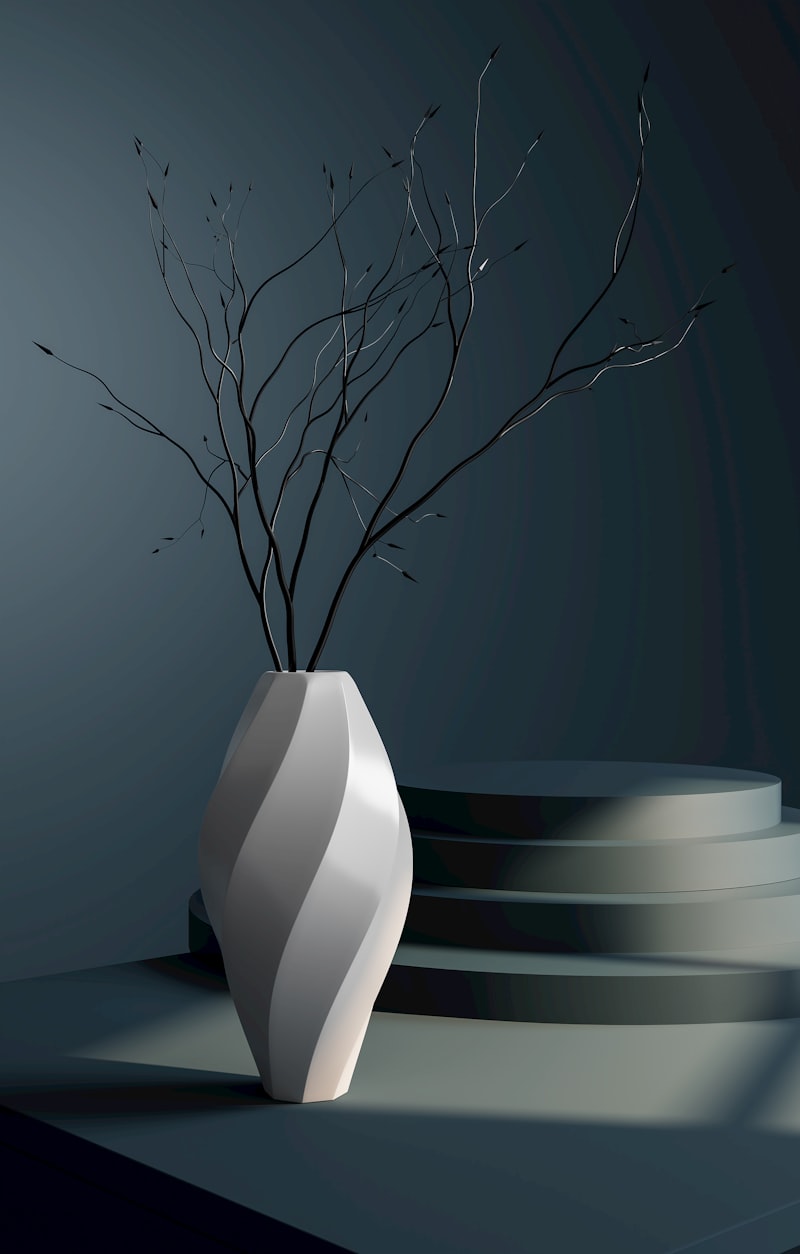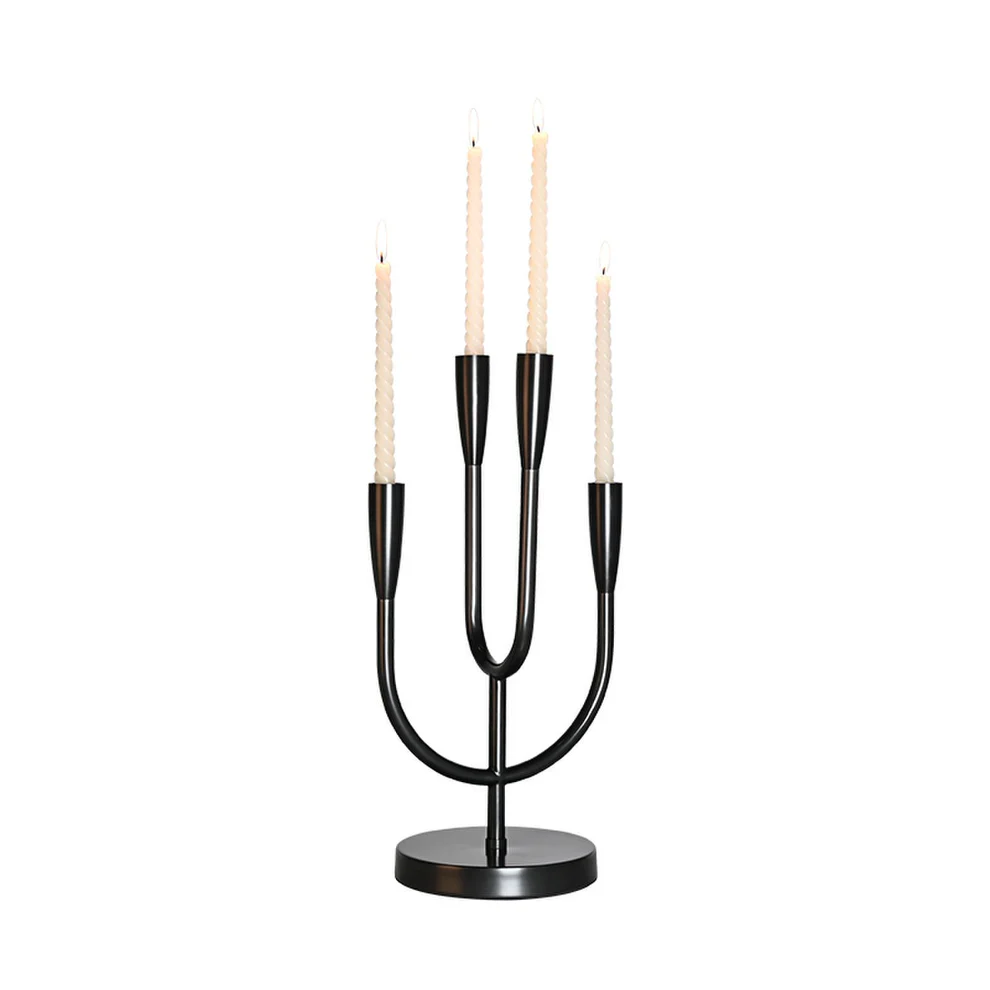Incorporating Art into Outdoor Lighting Design: Transforming Spaces with Creative Illumination
Incorporating Art into Outdoor Lighting Design: Transforming Spaces with Creative Illumination
Introduction: The Fusion of Art and Outdoor lighting
Outdoor lighting design has evolved significantly in recent years, transcending its functional role to enhance Aesthetics and create mood. One of the most innovative approaches to this evolution is the incorporation of art into Outdoor lighting design. By fusing creativity with functionality, designers can transform ordinary spaces into extraordinary works of art. In this article, we’ll explore the various aspects of incorporating art into Outdoor lighting design, including benefits, techniques, and tips for achieving impeccable results.
Understanding the Importance of Outdoor lighting
Proper Outdoor lighting design not only improves safety and security but also enhances the beauty of residential and commercial landscapes. By integrating artistic elements into lighting, designers can elevate the ambiance and create captivating visual experiences. Below, we highlight the significance of Outdoor lighting:
| Benefits of Outdoor lighting |
| 1. Enhances safety and security |
| 2. Highlights architectural features |
| 3. Boosts property value |
| 4. Extends outdoor living time |
| 5. Creates an inviting atmosphere |
The Responsibility of Incorporating Art into Design
When incorporating art into Outdoor lighting design, it’s essential to maintain a balance between light and art. Overly bright or poorly placed lights can overshadow the artistic elements, while too little light can make the art piece ineffective. Striking this balance requires an understanding of both artistic vision and lighting principles.
Choosing the Right Art Style
To effectively incorporate art into Outdoor lighting, choosing a style that complements the surrounding environment is crucial. Here are some popular art styles often used in Outdoor lighting design:
| Art Styles for Lighting Design |
| 1. Modern Minimalism |
| 2. Rustic Charm |
| 3. Sculptural Lighting |
| 4. Kinetic Art |
| 5. Nature-Inspired Designs |
Innovative Techniques for Integration
There are numerous techniques designers can employ to seamlessly integrate art with Outdoor lighting:
1. Sculptural Light Fixtures
One of the most effective ways to incorporate art into Outdoor lighting is through sculptural light fixtures. These bespoke creations can serve as both a lighting source and a focal point in a garden or patio. Consider fixtures that mimic natural forms or abstract shapes to entice viewers.

2. Projections and Patterns
Using gobo projectors, you can cast light patterns or shapes that interact with the environment. This technique creates a dynamic visual display that changes with the viewer’s perspective and the time of day. By incorporating artful designs into these projections, you can add an enchanting element to the lighting experience.
3. Interactive Lighting Art
Modern technology has enabled the development of interactive lighting installations. These pieces encourage participation from viewers by changing color or pattern in response to movement or sound. This approach not only brings art to life but also encourages engagement and connection among users.
Case Studies: Inspirational Incorporation of Art in Outdoor lighting
Let’s take a closer look at some successful examples of incorporating art into Outdoor lighting design:
1. The Wave Column in New Zealand
In Auckland, the Wave Column is a stunning example of art meeting Outdoor lighting design. This interactive installation consists of a series of illuminated columns that respond to the movement of pedestrians. The integration of color-changing LED Lights enhances the artistic quality, transforming an ordinary walkway into a vibrant and engaging experience.
2. The Light Fountain in Paris
The Light Fountain, located near the Seine River, showcases the elegance of water and light. Artists have integrated choreographed lighting into this stunning water feature, creating a mesmerizing spectacle that captivates visitors while illuminating the surrounding space beautifully.
3. Urban Art Installations in Brooklyn
In Brooklyn, numerous art installations incorporate lighting elements to enhance public spaces. From murals illuminated by strategically placed LEDs to sculptures casting intricate shadows, these projects showcase the versatility of combining art with Outdoor lighting design.
Steps to Achieve Successful Integration
Incorporating art into Outdoor lighting design requires careful planning and execution. Here are some steps to ensure success:
1. Define the Vision
Start by outlining the goals of your lighting project. Consider the aesthetic and functional aspects, defining how you want viewers to experience the space.
2. Collaborate with Artists
Working with artists who specialize in lighting design can bring unique perspectives and innovations to your project. Collaborations result in art pieces that resonate with audiences while fulfilling functional needs.
3. Select Quality Lighting Products
Choosing top-quality fixtures and lighting products is crucial for achieving longevity and sustainability. Consider energy-efficient LED options to reduce environmental impact and electricity costs.
4. Pay Attention to Placement
The placement of art and lighting fixtures can significantly impact the overall effect. Test different locations and angles before finalizing the design to ascertain optimal visibility and aesthetic impact.
5. Evaluate Feedback
Once your project is complete, gather feedback from viewers and participants. This information can prove invaluable for future projects, allowing for continuous improvement in your design approach.
Tips for Maintaining Artistic Outdoor lighting
Proper maintenance of Outdoor lighting installations can help preserve both their functionality and artistic integrity. Here are some essential tips:
- Regularly check fixtures for functionality and exposure to the elements.
- Clean fixtures and lenses to maximize light output.
- Replace burned-out bulbs promptly to maintain continuity in design.
- Inspect wiring for any signs of damage or wear, especially after severe weather.
- Consider seasonal changes, implementing adjustments as necessary.
Conclusion: The Aesthetic Potential of Outdoor lighting
Incorporating art into Outdoor lighting design represents a remarkable opportunity to create distinct and engaging experiences in both residential and commercial spaces. This innovative approach not only enhances visual appeal but also encourages a deeper appreciation for the confluence of art and functionality. As you embark on your journey to transform outdoor spaces with artistic lighting, remember to focus on collaboration, quality, and thoughtful placement. Implement the tips shared in this article and allow your creativity to thrive in the illumination of outdoor environments.
Whether you are a homeowner, a landscape designer, or an artist, embracing the concept of merging art and lighting can revolutionize the way outdoor spaces are perceived and enjoyed.
